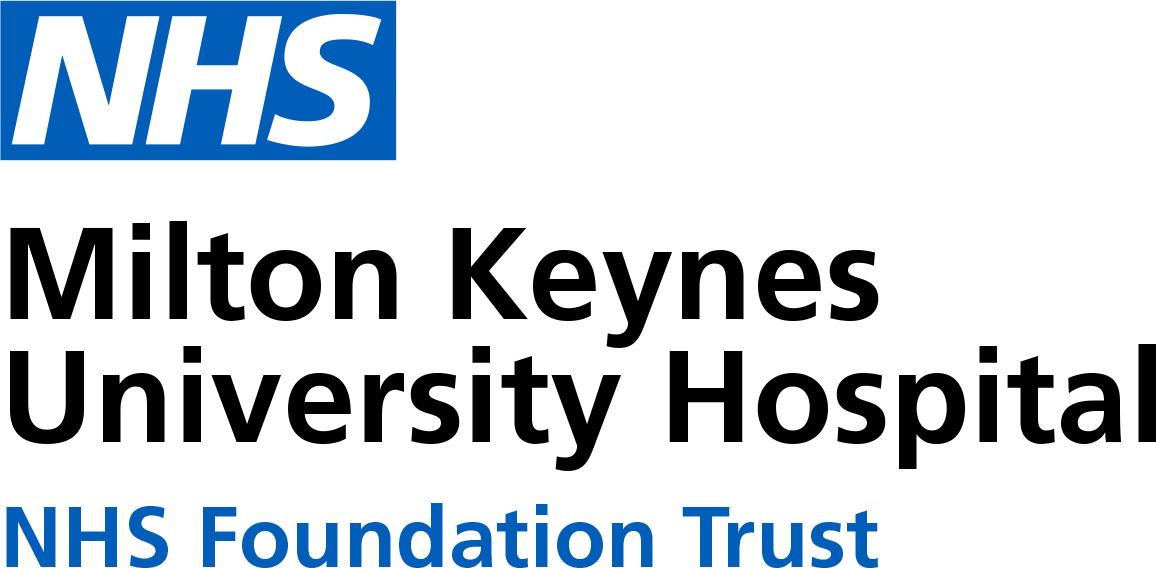Iron (good sources of)
Please note, this page is printable by selecting the normal print options on your computer.
Why do we need iron?
Iron is essential for making haemoglobin, a substance in red blood cells that transports oxygen around the body. Iron also plays an important role in other reactions in the body including the immune system. The body has some stores of iron but if your diet is low in iron rich food these stores will be used up and you can become deficient. Iron deficiency can lead to anaemia.
Symptoms of anaemia include fatigue, shortness of breath, dizziness and a pale complexion. You should try to include some iron-containing foods at each meal. There are several different types of anaemia and each one has a different cause, although iron deficiency anaemia is the most common type.
Most people should be able to get all the iron they need from a balanced diet but in some cases a supplement is needed. The most common of these is ferrous sulphate which is taken as a tablet. Some people can experience side effects when taking this supplement including; abdominal pain, diarrhoea or constipation, heartburn, feeling sick or black stools. These effects can settle down but if they do not you may be prescribed an alternative.
Iron in food
Iron exists in two forms known as haem and non-haem. Haem iron is found in animal tissue (meat) and is the most easily absorbed by the body. Non-haem iron is found in vegetables, beans, pulses and grains and is less easily absorbed by the body.
Good Sources of haem iron are: red meats such as beef, lamb and liver*, some fish and shellfish*. White meat such as chicken and turkey contain smaller quantities of haem iron.
Good Sources of non-haem iron are: Fortified breakfast cereals or bread, dark green leafy vegetables such as watercress, beans, dried fruit, nuts and soya products e.g. Tofu. (*avoid during pregnancy)
Things to know about the absorption of iron
Consuming haem iron (e.g. red meat) at the same time as non-haem iron (e.g. cabbage) can increase the absorption of non-haem iron. Vitamin C also helps to increase the absorption of iron. Foods rich in Vitamin C are:
Oranges, lemons, grapefruit and their juices
Fruit juices with vitamin C added
Blackcurrant cordial
Blackcurrants, kiwi fruit, tomatoes, cabbage, new potatoes. Instant mashed potato (with added Vitamin C)
Salad – cucumber, lettuce
Brightly coloured veg – peppers, apricots, carrots, squash, corn, sweet potato
Absorption of iron is reduced by: fizzy drinks, large quantities of milk and dairy foods, tea and coffee and having too many high fibre cereals. Antacid medication for indigestion also reduces absorption.
Things to do to make sure you get enough iron
- Try to include at least one portion of red meat, fish or chicken in one of your meals every day. Eat foods or drinks rich in Vitamin C together with iron-rich foods e.g. fruit juice with breakfast cereal.
- Do not overcook fruit and vegetables as heat destroys vitamin C.
- Avoid drinking tea, coffee or fizzy drinks, one hour before and after meals.
- Iron requirements are increased during ‘growth spurts’ in growing children and adolescents, during pregnancy, in women during heavy periods and following acute blood loss.


